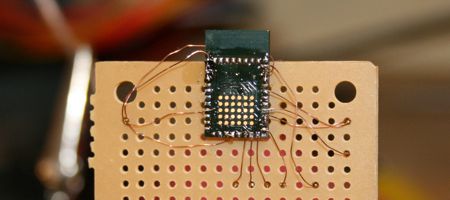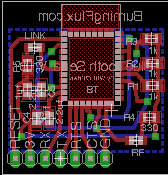Project CBR 600
This bike looks like a fun project. I ended up passing my XS 850 on and replacing it with this 1993 CBR 600. The bike got some front end damage when the PO slid it into a curb. It’ll be getting the GSX-R front end I had slated to put on the XS. After the front end is swapped, it’ll just be a matter of replacing the gauges and then on to bodywork/cosmetics.
The bike sat for a year. The battery had 10v and old gas in it. I charged the battery and drained the tank, then I put in some fresh fuel and some sea foam. Once I adjusted the choke (broken lever) it started right up. I’ve put about an hour of runtime on the engine and it looks strong!
Yesterday I put the bike on a stand and pulled the front end. The upper bearing popped right out, the lower took quite a bit of work. After a day of hammering on the bearing with a punch, it finally came loose. Once the new bearings show up, I should have the new front end on in no time.
If you’re interested, here’s how to swap to a GSX-R front end:
Get the right front end. I’ve got a 2006 fork, wheel and yamaha R1 brakes to go with it.
Get the bearings, the CBR and GSX-R use the same lower bearing, but the upper is a custom oddity. NGK makes one but it’s impossible to find in North America. Zoran at twfracing turns down a 48mm tapered roller bearing to 47mm.
From there it’s just a matter of parts – 50mm clipons, etc. Finding the upper bearing is really the hard part.



